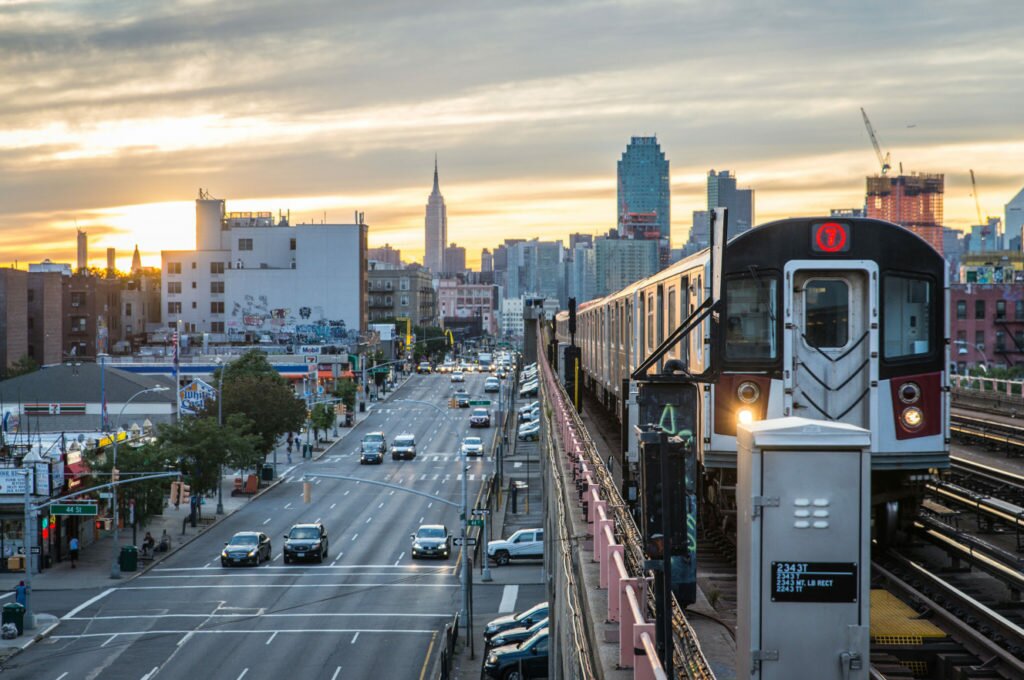By Chip Barnett
Originally published in the Bond Buyer on August 8, 2018
The New York City Council on Wednesday unanimously approved up to $500 million of bonds to back additional financing by the Hudson Yards Infrastructure Corp.
Earlier on Wednesday, the finance panel, under the chairmanship of Daniel Dromm, voted 9-0 to approve a financing that will implement Phase 2 of the development on Manhattan’s Westside and expand the Hudson Boulevard and Park three blocks north to West 39th Street from West 36th Street.
The boundaries of the Hudson Yards Financing District in Manhattan are approximately from West 29th and West 30th Streets in the south, 7th and 8th Avenues in the east, West 42nd and 43rd Streets in the north and 11th and 12th Avenues in the west.
Since 2001, the city, the state and the N.Y. Metropolitan Transportation Authority have worked to create a redevelopment program to transform the Hudson Yards area into a transit-oriented, mixed-use district.
Two entities make up the HYFD: the Hudson Yards Infrastructure Corp. and the Hudson Yards Development Corp.
The HYIC, formed in 2004, is a local development corporation created to finance infrastructure improvements and related construction costs at Hudson Yards. The HYDC, formed in 2005, is a local development corporation created to manage the redevelopment process of the Hudson Yards.
In 2005, the Council approved a $3 billion plan for financing Phase 1 of the infrastructure improvement for the HYFD.
The Phase 1 plan provided that payments in lieu of property taxes, or PILOTs, from the area would be used to fund the infrastructure improvements; it said that the Council would make sure that interest payments on the debt to fund the infrastructure improvements were made until revenues from the development were sufficient to make the payments; and approved the use of the city’s Transitional Finance Authority to provide credit support for a some of the debt issued, subject to unanimous approval of the TFA Board.
The resolution passed Wednesday also supports city efforts to pay current interest, subject to appropriation, to the extent not paid from revenues of HYIC on its indebtedness; and authorizes that interest support payments may be made by the city, subject to appropriation, in connection with interest on bonds issued by HYIC to refund or refinance any HYIC bonds for which the city was or is currently obligated to provide interest support.
Late Wednesday, the de Blasio administration announced the city will begin the process of acquisition, design and construction of Phase 2 of the master plan for Hudson Yards.
“Every New Yorker deserves well designed public space,” Mayor Bill de Blasio said in a press release. “In a growing neighborhood like Hudson Yards, three acres of new parks is a vital investment in the wellbeing of residents for generations to come.”
The construction of the Park and Boulevard will not only provide public space but it will also unlock the commercial development of the northern area of Hudson Yards. The addition of the new parkland expands Hudson Yards’ parkland by 75%.
The HYDC will manage the acquisition, design and construction process. When it’s completed, the land will be transferred to the Department of Transportation and NYC Parks, who will collaborate with the Hudson Yards Hell’s Kitchen Business Improvement District on daily management. The design process will begin this fall.
In May, the HYIC sold about $2 billion of second indenture revenue bonds. The HYIC issued $2 billion of bonds in 2007 and $1 billion in 2012 and proceeds from May’s sale refunded all $2 billion of the 2007 bonds and $391 million of the 2012 bonds.
The deal was rated Aa3 by Moody’s Investors Service, A-plus by S&P Global Ratings and Fitch Ratings. Just before May’s sale, S&P upgraded its rating on the HYIC’s outstanding Fiscal 2012 Series A first-indenture senior revenue bonds to AA-minus from A.
In June, the New York City Independent Budget Office reported that the HYIC needed an additional $96 million to cover higher-than-expected development costs. The IBO said the funding gap came even as the city coughed up $128 million from its capital budget to cover project costs from Fiscal 2005-2016; the city has another $138 million budgeted over the next five years.
The capital costs are in addition to the $360 million that the city has spent to subsidize interest costs on the $3 billion in bonds the infrastructure corporation issued to pay for the project. The HYIC’s 2007 and 2012 bonds financed the extension of the Metropolitan Transportation Authority’s No. 7 subway line and to make other infrastructure improvements necessary for related commercial and residential development in the neighborhood.
“Completing this park has been a goal of the West Side community for years,” said City Council Speaker Corey Johnson. “Securing this financing is an important step in ensuring that this neighborhood has essential public green space as Hudson Yards grows. All New Yorkers and people from around the world will one day enjoy this remarkable public park in what is currently a rail-cut. I want to thank Mayor de Blasio, Community Board 4 and everyone else who helped make this a reality.”
Paul Burton contributed to this article.
Read more here.

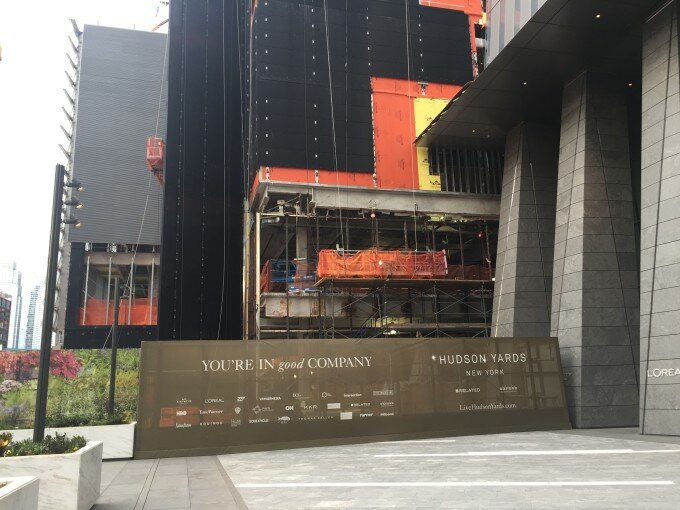
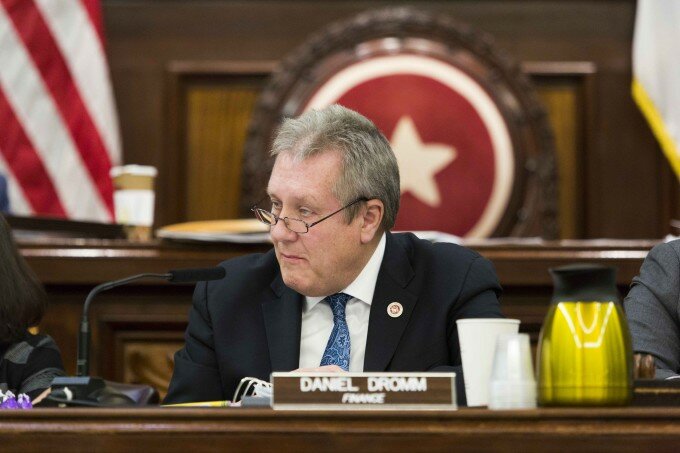
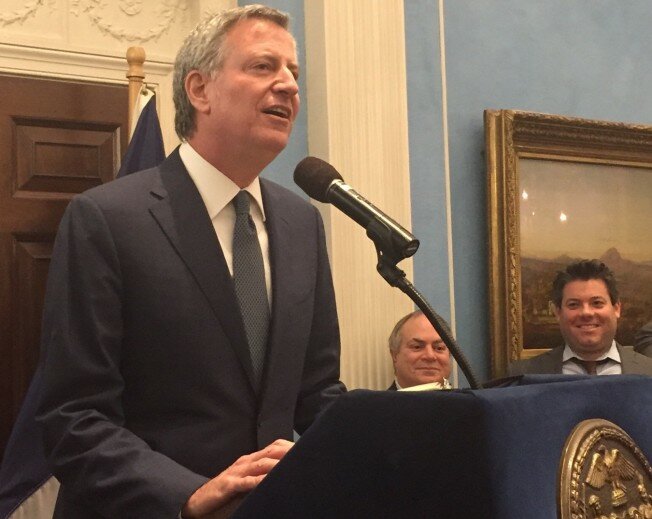
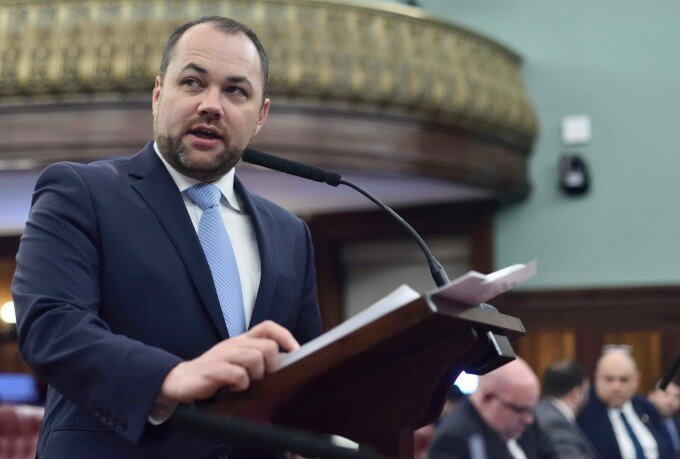
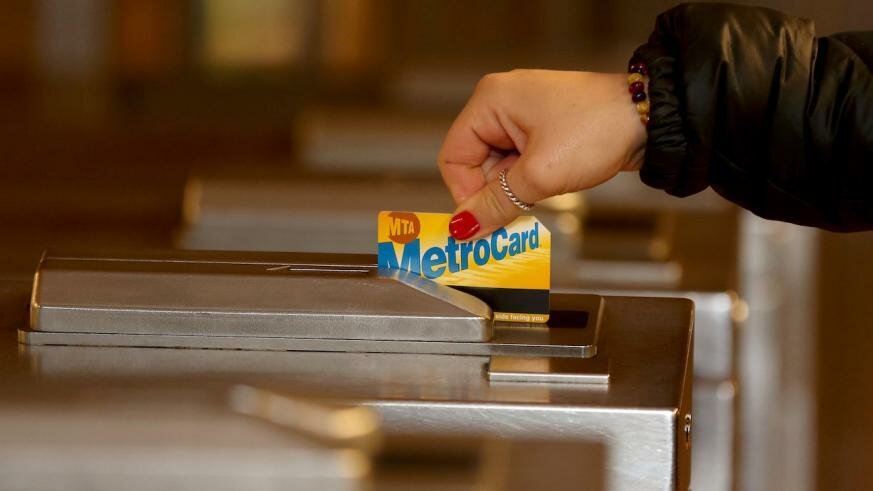

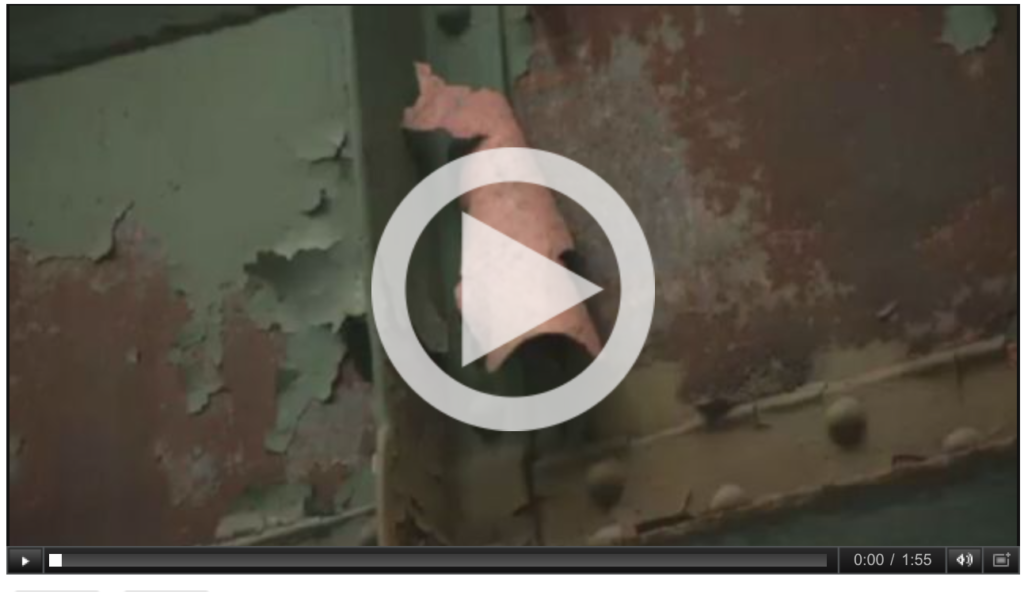 A group of Jackson Heights residents has filed a class action lawsuit against the MTA. They say lead paint chips falling from the elevated 7 train line pose a public health hazard. NY1’s Matt McClure filed the following report.
A group of Jackson Heights residents has filed a class action lawsuit against the MTA. They say lead paint chips falling from the elevated 7 train line pose a public health hazard. NY1’s Matt McClure filed the following report.